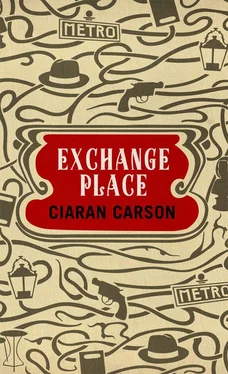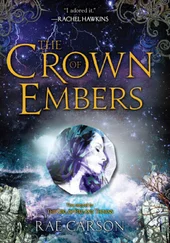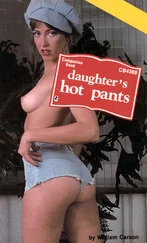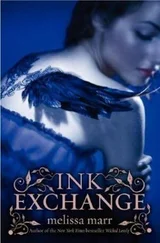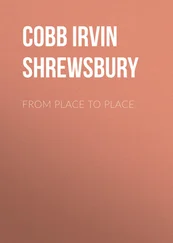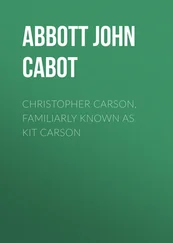I watch people. I listen in on them. Yesterday I was sitting outside Café Harlem with an espresso when two men in Hugo Boss suits and cheap shoes sat down a table away from me. They plonked their BlackBerries on the table, opened their briefcases, and took out some spreadsheets. Their talk was loud and I wasn’t so much eavesdropping as overhearing. The implications of the team costs should be borne by the financial model … I had just taken out my notebook and jotted down this sentence when I saw a blind man coming towards me, waving his long white wand from side to side like the antenna of a mine-detector. There was a faint metallic tick as it struck a bollard. I saw him adjust his step a fraction in response, and I reckoned he had just pinpointed his whereabouts. The bollard was a signpost, his whereabouts a sonic map, buzzing with echoic input. Ambient noise bouncing off surfaces, muffled by others. On the other hand, I surmised, he might not be blind at all, his accoutrements of cane and dark glasses a disguise. The Troubles might have ameliorated, but I guessed that no one really knew how much surveillance still went on. He negotiated his way through the opening of the sectioned-off pavement area. Tapping the legs of the aluminium furniture, he found the next table to me, sat down, and folded his cane. I took out a packet of American Spirit and rolled a cigarette. When I lit it with a vintage Dunhill lighter he tilted his head towards the rasp of the flint. Blind or not, he saw me in his own way. I got up and left. By now the businessmen were engrossed with their BlackBerries. All this time they had acted as if we did not exist.
When I hear the word BlackBerry I still think of the tangle of blackberry. Bramble. Berries that stain the hands and the lips. You won’t find me on Facebook, and I don’t do much email, though I find the internet useful for all kinds of research. I deal mainly by word of mouth and I like to meet my clients face to face, whether in public or private places. Besides the antiques, I deal in beneficial herbs, as Howard Marks calls them, though I’m no Howard Marks, with thirty-odd identities and paperwork to match; mine is a modest business, a private club that operates on personal recommendation. The herb is ethically and organically home-grown, on an intimate scale that puts it beyond the interests of the paramilitaries. I don’t look like a dope-dealer. Yesterday I was wearing a navy-blue herringbone 1960s Burton suit with a white linen handkerchief stuffed in the breast pocket, white Oxford shirt with a sky blue stripe, brown knitted silk tie, oxblood Oxford shoes, and a grey fur-felt trilby. I am sixty-one. I’d taken to wearing handkerchiefs and hats a good few years ago, somewhat apprehensively at first, thinking my appearance would attract derision, especially from the young; but gradually I realised that the young have eyes only for themselves and that people my age are largely invisible. No one really sees that dapper gent, and I proceed through the city unmolested.
I’m trying to remember what I was wearing that evening outside the Morning Star when I last wrote in the missing notebook. It was October, and the Burton, cut from a heavy, pre-central-heating cloth, would have done well on that occasion. When I took it to Lazenbatt, the last tailor in Belfast, to be altered — it was an inch too big in the chest and waist — he remarked admiringly that the trousers could stand up on their own. But I hadn’t yet bought the Burton suit. I cast my mind back and see myself at one of my wardrobes, selecting a burgundy knitted wool tie with a light blue Oxford shirt, navy and tan houndstooth Shetland wool jacket, grey flannels, and Crockett & Jones tan brogues. I stuffed a blue and yellow paisley silk handkerchief in my breast pocket, took a final look at myself in the cheval mirror, went downstairs, and strode out the door of 41 Elsinore Gardens. I’d be drinking later, so I took the bus into town.
As well as the Muji notebook and Waterman’s pen, I was carrying the watch I had promised to show to my client, 1954 vintage, but in lovely condition, signed Longines and bearing the famous winged emblem. Ten-carat gold-filled rectangular case, about one and a half inches by one. Vintage watches are much smaller than modern ones, and people think they must be ladies’ watches, but not so. This would have been worn by a man of some means. Dial with vertical stripe textured finish, raised gold-coloured cursive Arabic numerals at twelve, three, six and nine o’clock, the other hours marked by batons. Subsidiary seconds dial with cross-hairs, just above the six. Elegant gold lance-style hands. Original crystal, clean and clear. Snakeskin strap. I came across it in a zipped inner compartment of a ladies’ 1950s snakeskin handbag on a stall at the Friday market, and was tempted to ask the dealer how much he wanted for the bag, and keep schtum about the watch; but I have my ethics, so I drew his attention to it. Well, well, he said, fancy that, I never thought to look inside. One of those old wind-up jobs, he said, let’s say, twenty pounds? He looked hopeful. I knew he was doubling his estimate, so I made a face, offered him ten and we settled on fifteen. He thought he’d done well from the deal. Later I would offer it to my client for four hundred. He would say three, we’d settle on three-fifty, and the client would be well pleased. I’d paid Beringer, my watchmaker, sixty pounds to service it, so I’d made a tidy profit. But in truth my buyer would have made a good investment; not that he would ever sell it. So everyone was happy.
On the bus I took the watch from my pocket and checked the time against my own, another Longines, 1948, the year of my birth. Both read two minutes past three, and I was to meet my client at Muriel’s bar at four.
I replaced the Longines watch in my jacket pocket, took out my notebook, and read what I’d written the day before yesterday in the smoking area of Caffè Nero in Ann Street. I’d driven into town on one of my vintage clothes shopping expeditions. Ann Street has a couple of vintage shops, and there’s another, Bang Vintage, round the corner in Church Lane where Muriel’s is situated. Since the missing notebook remains missing, I cannot be certain as to what exactly I wrote in that notebook then, but I think it concerned an experience I sometimes have when I switch on the car radio and hear nothing beyond the ambient hum of the apparatus. I have it more or less permanently tuned to Radio 3 for the classical music, and know that the nothing signifies a lull between the movements of a piece, or the silence that follows the announcement of a piece, perhaps a live performance, and you can imagine the performer’s hands poised over the keyboard of his instrument, about to approach the piece, readying himself for the onset — you can almost hear the expectant hush in the audience — or, if it is indeed that break between movements, and it is live, the silence might be betrayed by a muted fusillade of coughs, a rustling of chairs or shuffling of feet until there is complete silence, and then you hear the opening bars of the next movement emerging from the silence. At any rate, this is what I wrote the day before yesterday:
I’d just passed the Waterworks when I switched on the radio and got silence. Then the piece began, and as it proceeded I knew I was listening to Glenn Gould playing Bach’s Contrapunctus XIV from The Art of Fugue . I pictured Gould, famously eccentric in his dress as in other aspects of his life, clothed in overcoat, muffler, hat and mittens even in midsummer, and then saw him hunched over the keyboard seated on the old chair his father had made for him, which he used even when the seat had completely worn through and his bottom was supported by nothing but the frame, swaying to the music, and as I listened to him playing I could hear the familiar background vocalizations, an almost coital groaning and crooning, ebbing and flowing and quavering with the dynamic of the music; his mother had told him to sing everything he played; he said his singing was unconscious, and increased proportionately with the inability of the piano in question to realize what he had in mind, the repeated or mirrored or inverted themes of Contrapunctus XIV intertwining, unfolding, recapitulating, as they had always done; and I wondered how many times I had heard this piece and where I was at the time, or what I was doing at the time, if anything, and as always I remembered the first time I had heard it, and who it was who introduced me to it, and where I was, and I wondered as I always did where he might be now, or what had become of him whether living or dead.
Читать дальше
